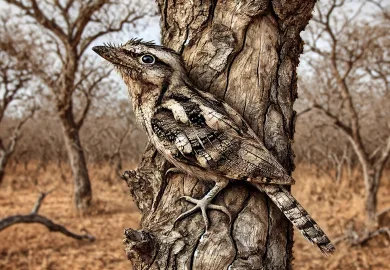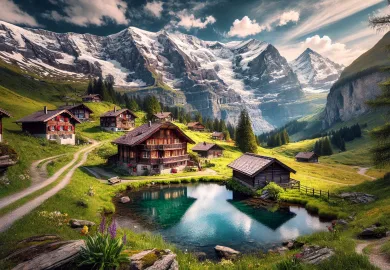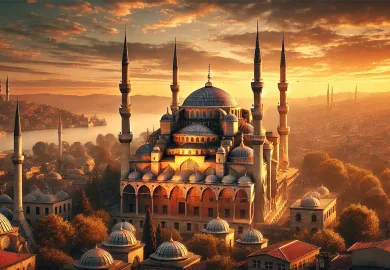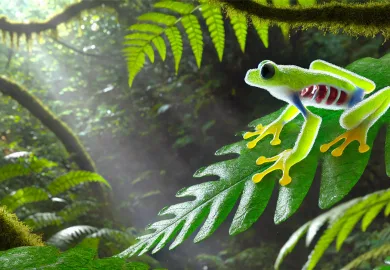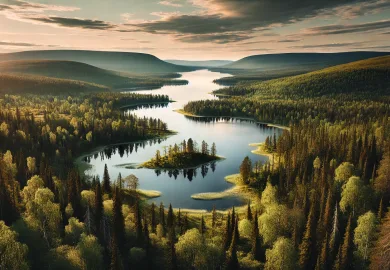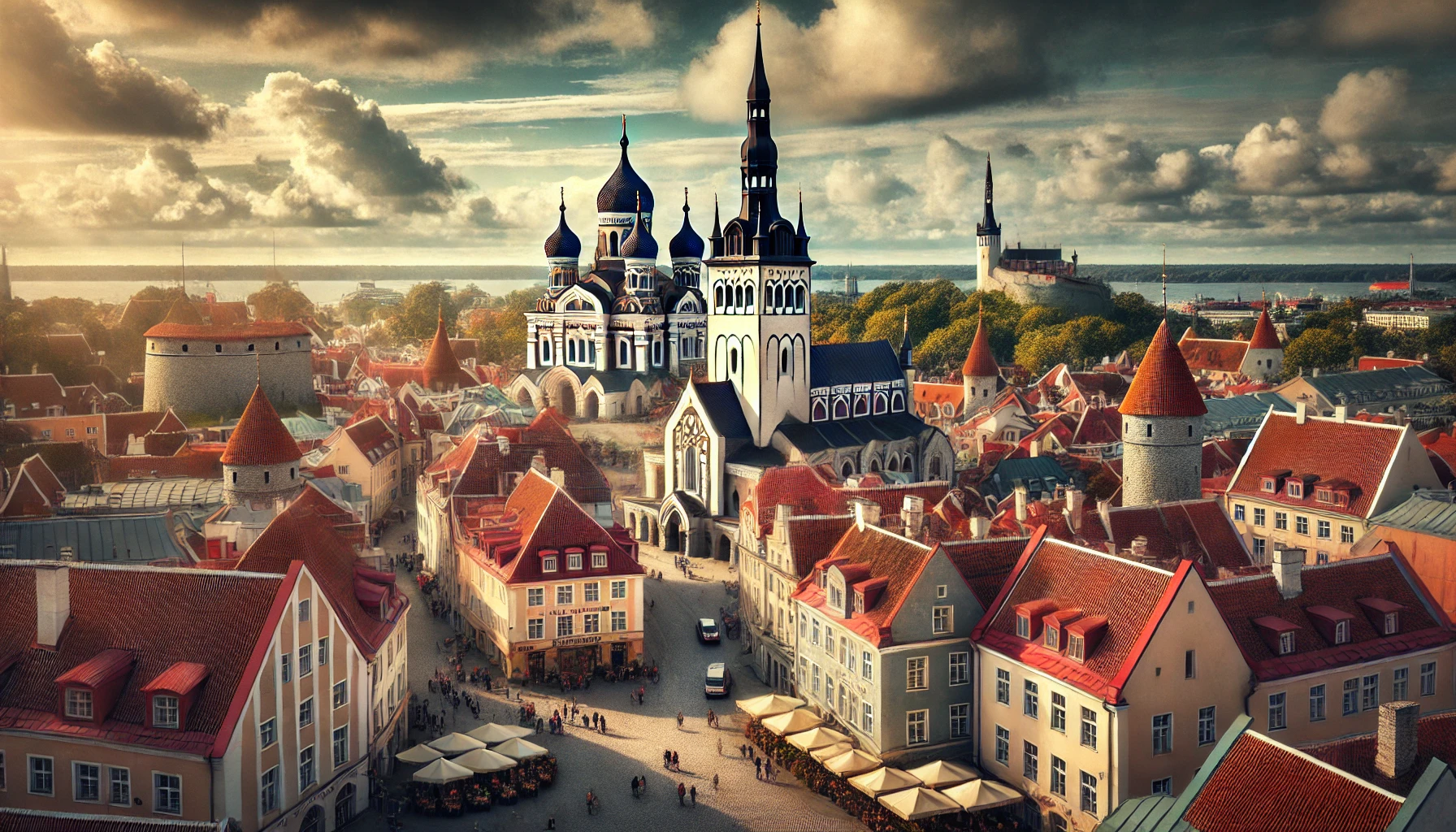
Estonia, a small but captivating country in Northern Europe, is a hidden gem for travelers seeking a blend of rich history, stunning natural beauty, and a vibrant cultural scene. With its well-preserved medieval architecture, pristine forests, and a coastline dotted with charming islands, Estonia offers a diverse range of experiences for every type of traveler. Whether you’re a history enthusiast, a nature lover, or simply looking to explore a new and exciting destination, Estonia has something to offer. In this article, we’ll take a deep dive into the sightseeing culture of Estonia, uncovering the must-visit spots and the unique experiences that await you in this enchanting country.
The Allure of Tallinn: Estonia’s Medieval Masterpiece
Tallinn, the capital of Estonia, is a city where history comes alive. Walking through its cobbled streets is like stepping back in time, with medieval towers, ancient churches, and historic merchant houses lining the way. The Old Town of Tallinn, a UNESCO World Heritage Site, is the heart of the city’s sightseeing culture, attracting visitors from all over the world.
One of the most iconic landmarks in Tallinn is the Alexander Nevsky Cathedral, a stunning example of Russian Orthodox architecture. This grand cathedral, with its onion-shaped domes and intricate mosaics, is perched atop Toompea Hill and offers panoramic views of the city below. Nearby, you’ll find Toompea Castle, a historic fortress that now houses the Estonian Parliament. The castle’s pink facade and commanding position on the hill make it a must-see for anyone visiting Tallinn.
Another highlight of Tallinn is the Town Hall Square, which has been the center of city life for centuries. The Gothic Town Hall, dating back to the 13th century, is one of the oldest in Europe and is home to the famous Tallinn Town Hall Pharmacy, one of the world’s oldest continuously operating pharmacies. The square itself is surrounded by colorful merchant houses and lively cafes, making it the perfect spot to soak in the atmosphere of medieval Tallinn.
Exploring Estonia’s Breathtaking Natural Landscapes
Beyond its charming cities, Estonia is renowned for its unspoiled natural beauty. The country’s diverse landscapes, from dense forests and serene lakes to sandy beaches and rugged coastlines, make it a paradise for nature lovers and outdoor enthusiasts.
Lahemaa National Park, located just an hour’s drive from Tallinn, is one of the most popular natural attractions in Estonia. As the country’s largest national park, Lahemaa offers a variety of landscapes to explore, including ancient forests, bogs, and rocky coastlines. The park is also home to several historic manor houses, such as Palmse Manor and Sagadi Manor, which offer a glimpse into Estonia’s aristocratic past. Hiking trails wind through the park, providing opportunities to spot wildlife, such as moose, wild boar, and a variety of bird species.
For those who prefer coastal scenery, the island of Saaremaa is a must-visit destination. As Estonia’s largest island, Saaremaa is known for its unique landscapes, including windmills, juniper fields, and limestone cliffs. The island’s capital, Kuressaare, is home to the well-preserved Kuressaare Castle, which dates back to the 14th century. Visitors to Saaremaa can also explore the Kaali Meteorite Crater, one of the rarest natural phenomena in the world, where a meteorite impact created a series of impressive craters thousands of years ago.
If you’re looking for a more tranquil escape, Estonia’s many lakes and rivers offer the perfect setting for a relaxing retreat. Lake Peipus, the fifth-largest lake in Europe, forms part of the border between Estonia and Russia and is a popular spot for fishing, swimming, and boating. The surrounding villages, such as Alatskivi and Kallaste, are known for their traditional wooden houses and rich cultural heritage, making them ideal destinations for those interested in local history and traditions.
Immersing in Estonia’s Rich Cultural Heritage
Estonia’s sightseeing culture is deeply intertwined with its rich cultural heritage, which is evident in its numerous museums, festivals, and traditional events. The country’s unique blend of influences from various cultures, including German, Russian, and Scandinavian, has created a distinct cultural identity that is celebrated throughout the year.
One of the best ways to experience Estonia’s cultural heritage is by visiting its many museums. The Estonian National Museum in Tartu is the largest and most comprehensive museum in the country, offering an in-depth look at Estonian history, culture, and traditions. The museum’s exhibits cover a wide range of topics, from prehistoric artifacts to contemporary art, and provide valuable insights into the nation’s past and present. Another notable museum is the Kumu Art Museum in Tallinn, which houses an extensive collection of Estonian art, ranging from classical to modern works.
In addition to its museums, Estonia is known for its vibrant festival scene. The Estonian Song and Dance Festival, held every five years in Tallinn, is one of the largest choral events in the world and a significant part of the country’s cultural heritage. The festival brings together thousands of singers and dancers from across the country to perform traditional Estonian folk songs and dances, creating a powerful and moving experience for both participants and spectators.
Traditional events, such as the annual Jaanipäev (Midsummer’s Eve) celebrations, also play a vital role in preserving Estonia’s cultural heritage. Jaanipäev, which takes place on June 23rd, is one of the most important holidays in Estonia and is celebrated with bonfires, singing, and dancing. The holiday has its roots in ancient pagan traditions and is a time for Estonians to come together with family and friends to celebrate the summer solstice.
Savoring Estonia’s Culinary Delights
No exploration of Estonia’s sightseeing culture would be complete without indulging in the country’s culinary delights. Estonian cuisine is a reflection of its history and geography, with influences from neighboring countries and a strong emphasis on fresh, locally sourced ingredients.
Traditional Estonian dishes often feature hearty ingredients, such as potatoes, rye bread, and pork, which have been staples of the Estonian diet for centuries. One of the most iconic dishes is verivorst, a blood sausage typically served with sauerkraut and lingonberry sauce, especially during the Christmas season. Another popular dish is mulgikapsad, a stew made with sauerkraut and barley, usually accompanied by pork or sausages.
For a more contemporary take on Estonian cuisine, the country’s capital, Tallinn, is home to a thriving food scene that blends traditional flavors with modern techniques. Many restaurants in Tallinn, such as those in the trendy Telliskivi Creative City district, focus on farm-to-table dining, using fresh, seasonal ingredients sourced from local farms. The city’s many cafes also offer a variety of delicious pastries, such as kringel (a sweet braided bread) and kohupiimakook (a curd cheese cake), which are perfect for enjoying with a cup of locally roasted coffee.
Estonia’s coastal location also means that seafood plays a significant role in the local cuisine. Freshly caught fish, such as Baltic herring and pike, are commonly found on menus across the country, often prepared with simple yet flavorful ingredients like dill, lemon, and butter. For those who enjoy more adventurous flavors, smoked eel and marinated sprats are local delicacies that provide a true taste of Estonia.
Conclusion: Unveiling the Charm of Estonia’s Sightseeing Culture
Estonia is a country that seamlessly blends the old with the new, offering visitors a rich tapestry of experiences that showcase its unique cultural heritage and stunning natural landscapes. From the medieval streets of Tallinn to the serene beauty of its national parks and islands, Estonia’s sightseeing culture is as diverse as it is captivating.
Whether you’re exploring the historic landmarks of Tallinn, hiking through the pristine forests of Lahemaa National Park, or immersing yourself in the local culture at one of Estonia’s many festivals, you’ll find that this small but vibrant country has a lot to offer. And with its welcoming people, delicious cuisine, and a strong sense of tradition, Estonia is a destination that will leave a lasting impression on anyone who visits.
So, pack your bags and set off on a journey to discover the enchanting sightseeing culture of Estonia. Whether you’re a first-time visitor or returning to explore more of this beautiful country, you’re sure to find something new and exciting to experience in Estonia.


